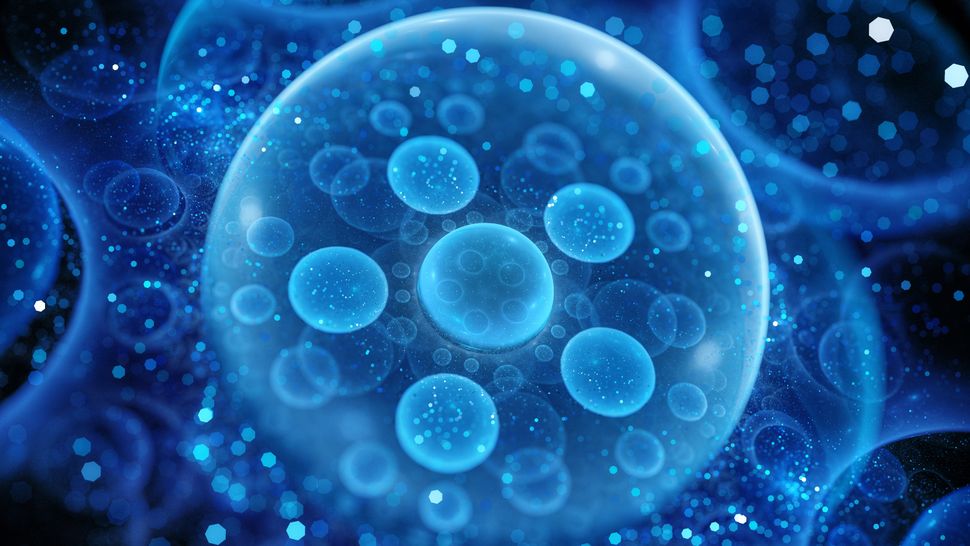Cosmic bubbles may have forged dark matter, new theory suggests
By Tim Childers - Live Science Contributor 2 days ago

(Image: © Shutterstock)
Ballooning cosmic bubbles in our early universe may have led to the current abundance of dark matter, the elusive substance that tugs on the stars, yet emits no light, a new study suggests.
The theory, described Oct. 9 in the journal The Physical Review Letters, may explain exactly how dark matter condensed out of the fiery soup of the early universe. Since astronomer Fritz Zwicky first proposed the existence of dark matter in 1933, tons of observational evidence has shown that something is lurking in the shadows, invisible to our eyes and even the latest scientific instruments. Dark matter leaves its fingerprint by the gravitational tug it exerts on the visible stars and galaxies astronomers observe. The magnitude of that pull allows scientists to estimate what percentage of the universe is made of dark matter; current estimates suggest this dark material makes up 80% of the universe's mass.
"Although we know how much dark matter our universe contains, for decades now, we've been left wondering about dark matter's nature and origin," said study co-author Andrew Long, an assistant professor of physics at Rice University in Houston. "Is dark matter a collection of elementary particles? If so, what are the properties of these particles, such as their mass and spin? What forces do these particles exert and what interactions do they experience? When was the dark matter created, and what interactions played an important role in its formation?"
Long and physicists Michael Baker, at the University of Melbourne in Australia, and Joachim Kopp, at the Johannes Gutenberg University of Mainz in Germany, wanted to answer the last of these questions — when and how did it form? They looked at the earliest period of the universe's formation, a fraction of a nanosecond after the Big Bang started, a "Wild West" of particle creation and destruction, where particles collided and annihilated each other as quickly as they formed, Long said. At the time, the universe was a fiery soup of extremely high-energy elementary particles, similar to the quark-gluon plasma physicists create in the biggest particle accelerators today. This primordial soup was unimaginably hot and dense, and far too chaotic for more ordered subatomic particles such as protons and neutrons to form.
More:
https://www.livescience.com/new-dark-matter-theory.html
